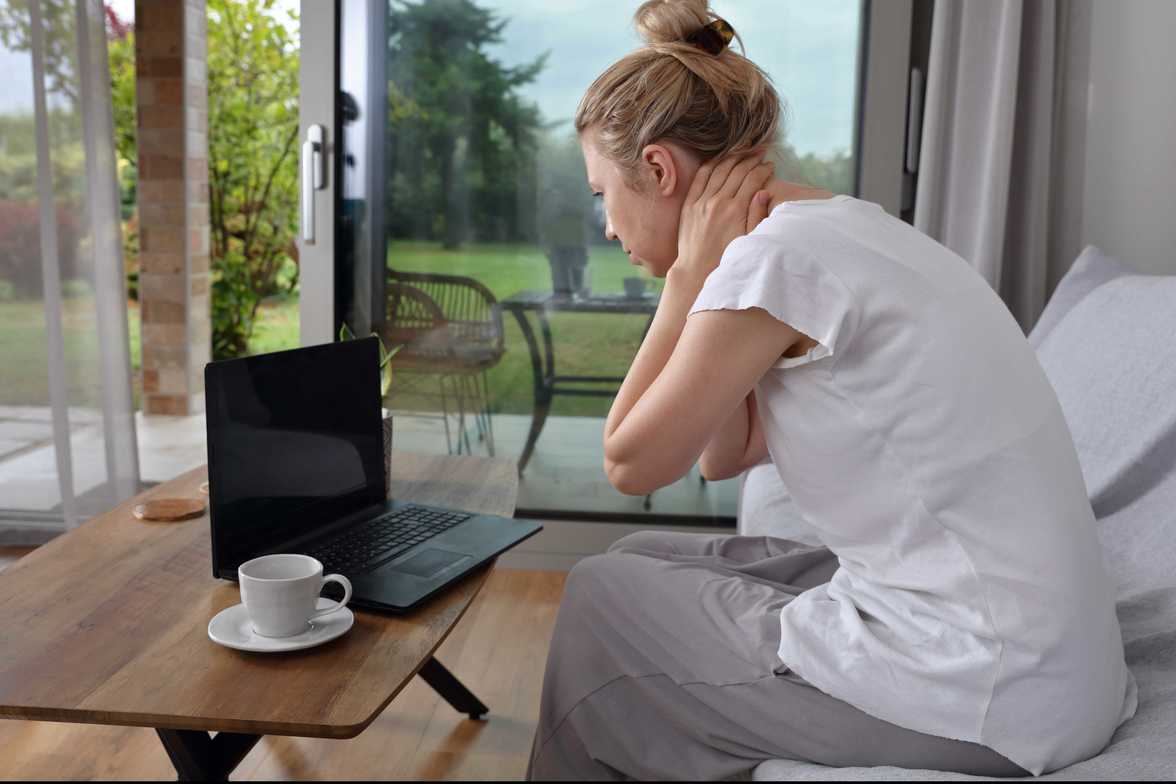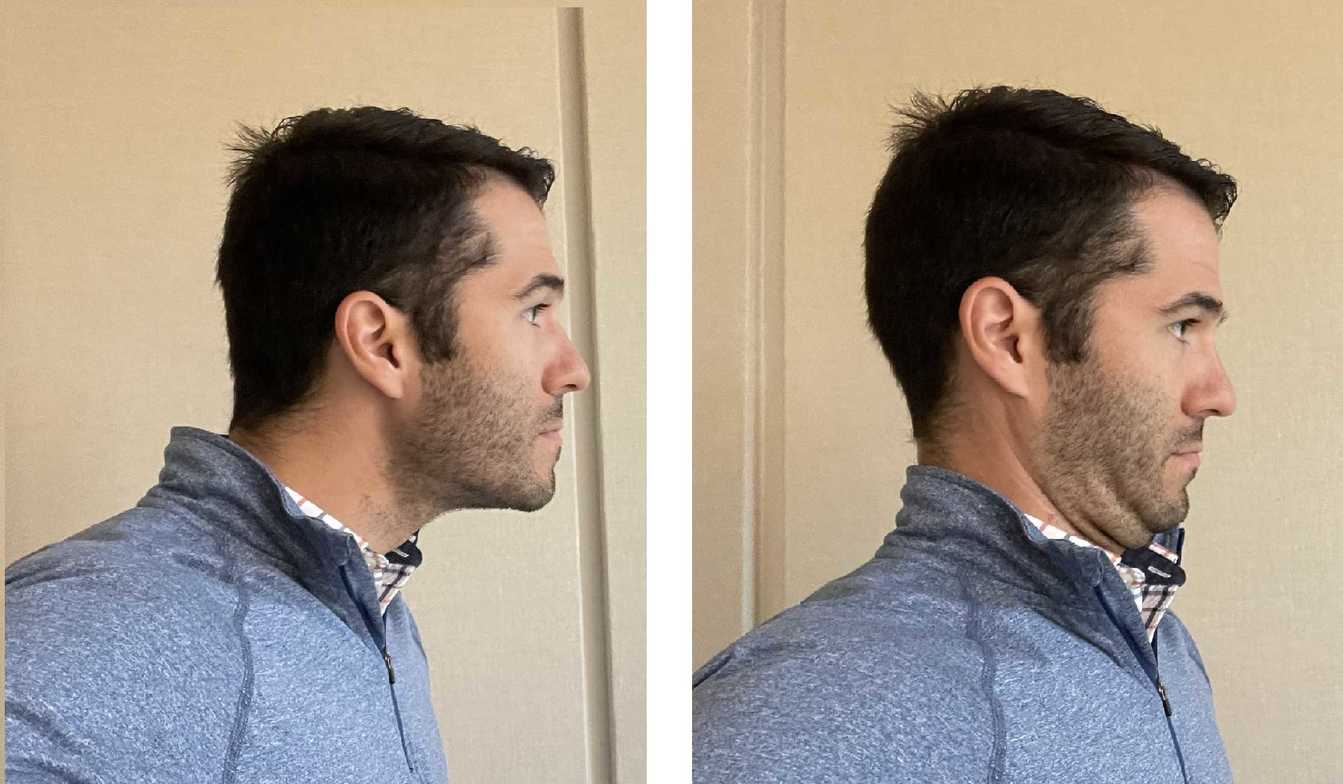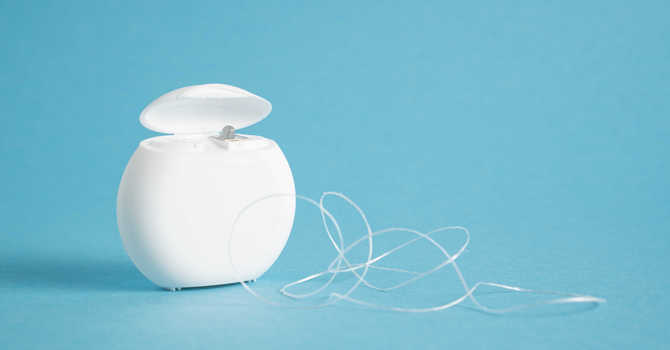
Sometimes we cannot help how long we sit. Our jobs keep us staring at a computer screen for hours on end. Working from home has us propped up on the couch, gazing downwards at our laptop. The coffee table becomes our desk. When you're young and healthy, your body tolerates bad posture. Fast forward a few years and the damage has caught up with you. Your muscles are tense and tight. Your neck is stiff and sore. Maybe you even have headaches. Worse, pain could be traveling down your shoulder blade or arm. Numbness and tingling may also affect your hands.
Why does this happen?
Looking down increases the weight of your head relative to gravity. A normal 10-pound head sits atop your shoulders, where it belongs. Looking down at your cell phone to respond to a text increases your head's relative weight to 40 pounds. This changes the weight distribution of your head on your spine. It creates significant pressure on the discs of your neck, compressing them. Discs are soft and they tend to bulge with repeated compression. Looking down compounds that pressure, resulting in less space for your nerves to breathe. Once a disc bulges enough, it can trigger pain to occur both locally and in other places around your neck, shoulder and arm. When nerves get pinched, pain and numbness/tingling can travel down the arm. The muscles try to help you by tensing to pull your heavy head back over your shoulders, which often results in tension headaches.
How can you fix it?
First, understand that your posture is in your control. You can choose to keep your head in what we call a neutral position - eyes gazing forward towards the horizon, shoulders open, jaw loose but mouth closed. When we organize our body this way, we give it the chance to do its job the right way. Too often we feel disempowered, relying on help from others to do something we can do ourselves. Maintaining proper posture is not enough on its own, however. Performing regular neck exercises ensure the longevity of your spine's health, protecting the joints, discs, and muscles that can become sore and then degenerate with the aging process. Remember - our body is a use-it-or-lose-it system.
Try the exercise below and watch your discomfort start to melt away.
The Double Chin (Scroll down to the bottom for pictures) This exercise returns your head to its pedestal, atop your shoulders where it belongs. Also known as the chin tuck, neck retraction, or end range loading, the Double Chin is just what it sounds - you try to give yourself a double chin appearance by tucking your neck backwards, scrunching the skin beneath your chin. Hold your head in this position for 1-2 seconds, then relax and repeat for a set of 10. Perform 6-8 sets per day (every hour or so) and your neck will start to adopt this new position as it's default.
NOTE: Some of you already have arm pain that travels down from neck to hand, OR numbness and tingling in the arm/hand. If this exercise makes these symptoms worse, stop immediately and cease performance. HOWEVER: If your arm symptoms decrease in severity, frequency, or duration, OR ascend the arm, take comfort that the Double Chin is helping!
And remember, exercises depicted here are only a beginning - please seek consultation with your medical & health care providers for proper evaluation, diagnosis and treatment!
Keep Searching,
Dr. Nick
Exercise: Double Chin
Perform the exercise below for 10 reps, 6-8 sets/day.
START: From a relaxed position, use your neck muscles to draw your head back on top of your shoulders. Keep your eyes parallel with the horizon. Do not force the movement. Hold for 1-2 seconds, then relax your head and allow it to travel back to it's preferred resting place. Repeat.




